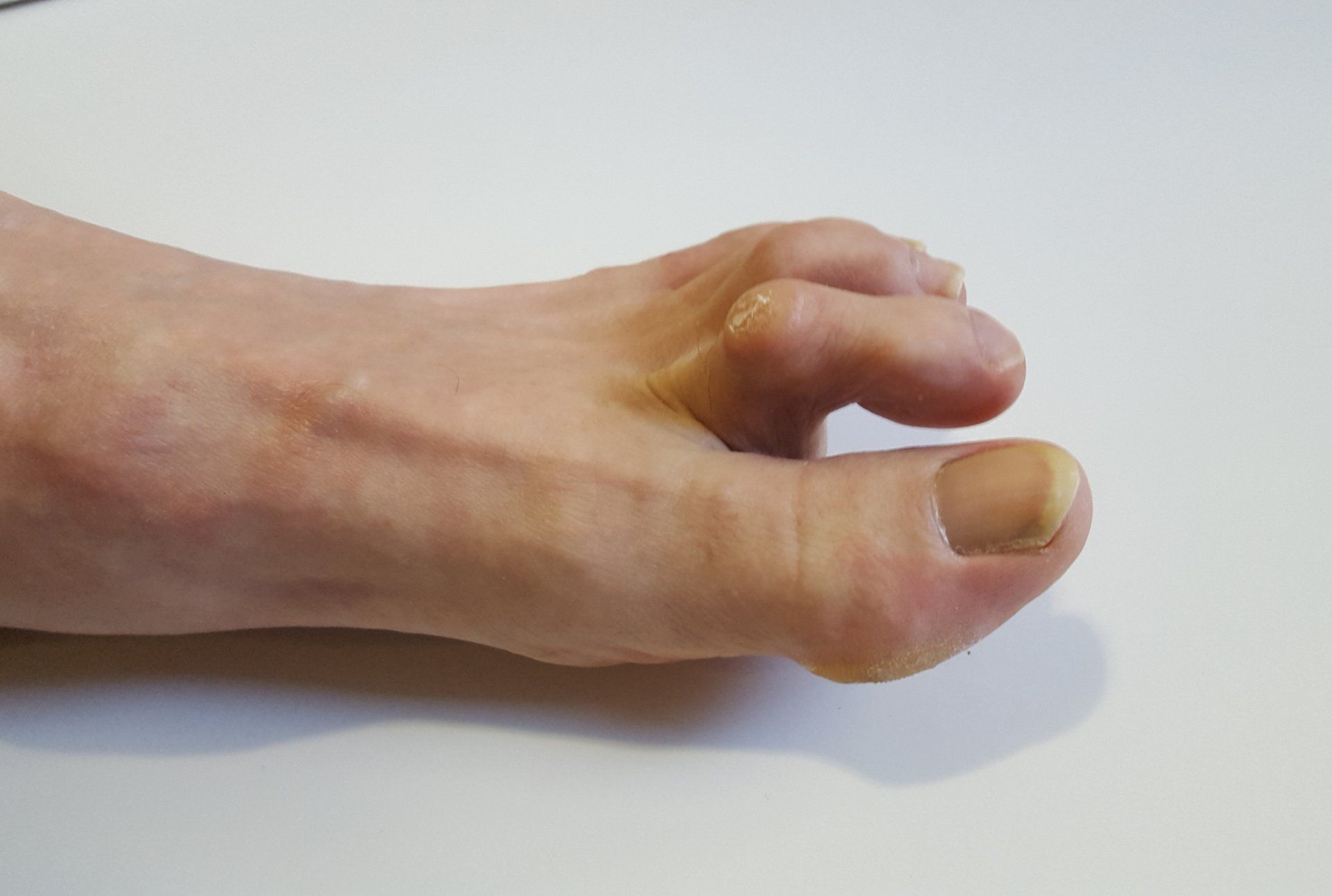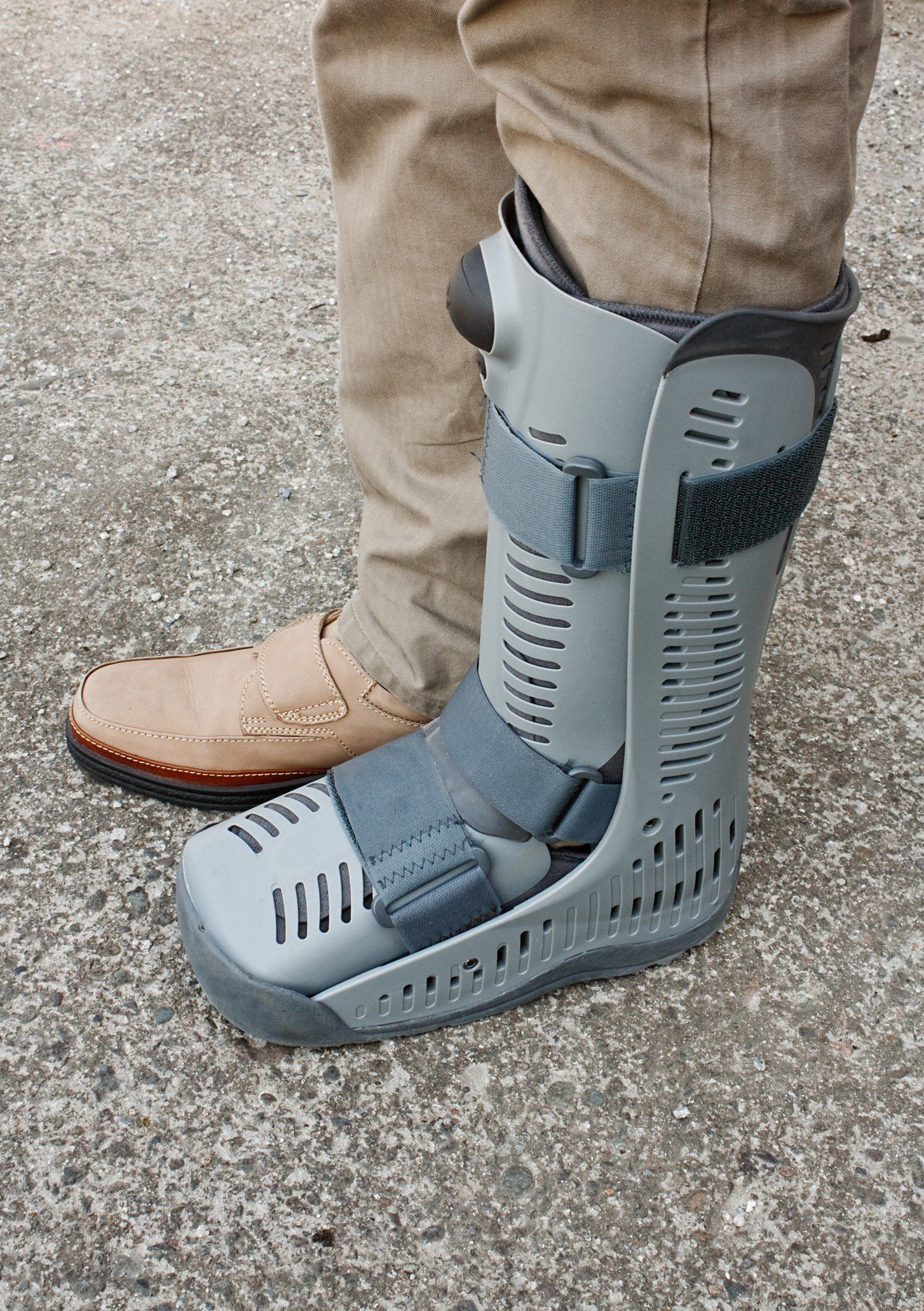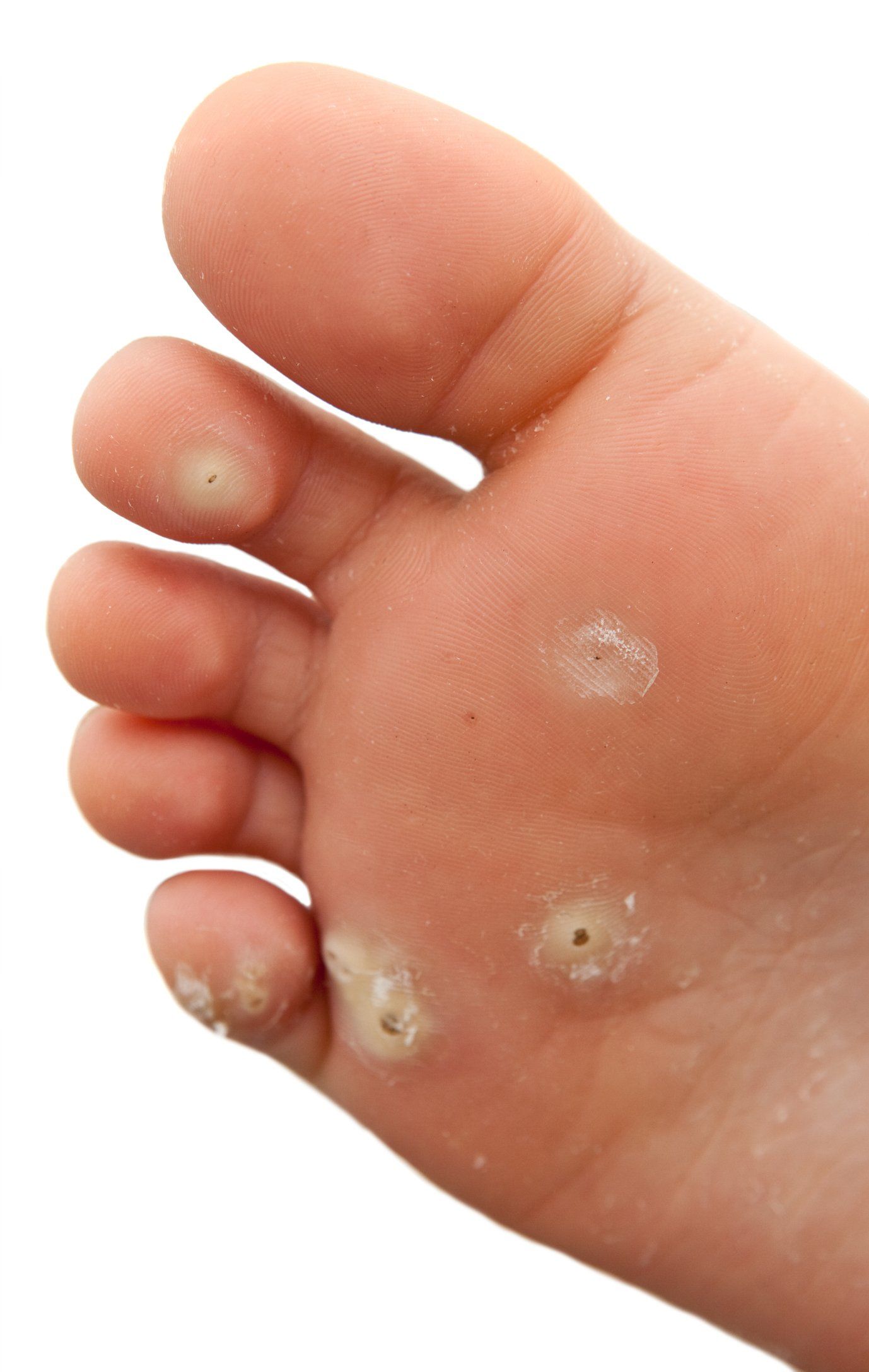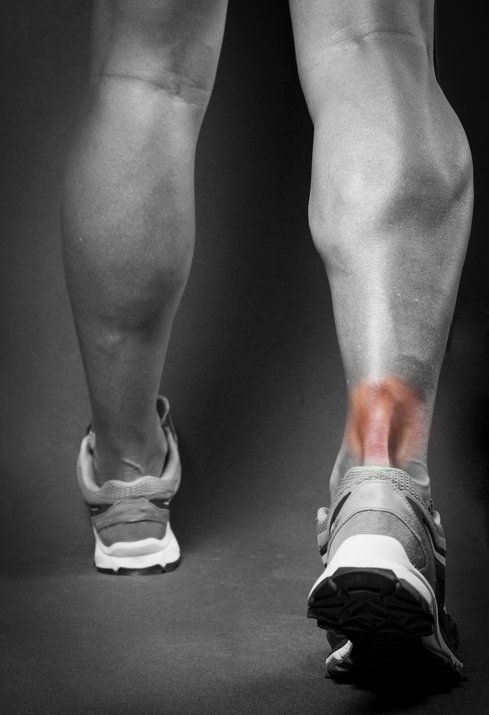Conditions and Treatments
If you have foot pain, J.W. Podiatry, P.C. can help. No matter the issue—whether the cause is obvious or subtle—we can find the right diagnosis and the right treatment to help you get back on your feet. We’ve got the tools to help, from as simple as diabetic shoes to as advanced as fungus-killing lasers. We treat the following conditions:
Conditions and Treatments
If you have foot pain, J.W. Podiatry, P.C. can help. No matter the issue—whether the cause is obvious or subtle—we can find the right diagnosis and the right treatment to help you get back on your feet. We’ve got the tools to help, from as simple as diabetic shoes to as advanced as fungus-killing lasers. We treat the following conditions:
Foot deformities are structural abnormalities in the bones, muscles, ligaments, or tendons of the foot. They can be congenital (present at birth) or acquired due to injury, disease, or long-term wear and tear.
Diabetes and foot health are closely linked. High blood sugar levels over time can damage nerves and blood vessels, leading to serious complications in the feet—even small cuts or blisters can become dangerous if not managed properly.
Foot Pain
Diabetes
A bunion is a bony bump that forms at the base of the big toe, where it meets the foot (the first metatarsophalangeal joint). Over time, the big toe leans toward the second toe, causing the joint to protrude and become misaligned.
Corns are small, thickened areas of skin that develop on the feet due to repeated pressure or friction. They usually form on the tops, sides, or tips of toes and can be painful when pressed.
Ingrown toenails (medical term: onychocryptosis) occur when the edge or corner of a toenail grows into the surrounding skin, usually on the big toe. This can cause pain, swelling, redness, and sometimes infection.
Corns & Bunions
Ingrown Toenail
Hammertoe is a foot deformity where one or more of the toe joints bend abnormally, causing the toe to resemble a hammer. It most often affectsthe second, third, or fourth toe and can range from flexible (movable) to rigid (fixed in place).
A neuroma is a benign growth of nerve tissue that can develop in various parts of the body, including the feet and hands. One of the most common types is Morton's neuroma, which typically forms between the third and fourth toes of the foot. This condition arises when the tissue surrounding a nerve thickens, leading to pain, tingling, or numbness in the affected area
Hammertoes
Neuroma
Foot deformities are structural abnormalities in the bones, muscles, ligaments, or tendons of the foot. They can be congenital (present at birth) or acquired due to injury, disease, or long-term wear and tear.
Heel spur are bony outgrowths that develop on the underside of the heel bone (calcaneus). They are often associated with plantar fasciitis, which is inflammation of the plantar fascia — the thick band of tissue connecting the heel to the front of the foot.
Foot Deformities
Heel Spur
Foot deformities are structural abnormalities in the bones, muscles, ligaments, or tendons of the foot. They can be congenital (present at birth) or acquired due to injury, disease, or long-term wear and tear.
Foot Pain
Diabetes and foot health are closely linked. High blood sugar levels over time can damage nerves and blood vessels, leading to serious complications in the feet—even small cuts or blisters can become dangerous if not managed properly.
Diabetes
A bunion is a bony bump that forms at the base of the big toe, where it meets the foot (the first metatarsophalangeal joint). Over time, the big toe leans toward the second toe, causing the joint to protrude and become misaligned.
Corns are small, thickened areas of skin that develop on the feet due to repeated pressure or friction. They usually form on the tops, sides, or tips of toes and can be painful when pressed.
Corns & Bunions
Ingrown toenails (medical term: onychocryptosis) occur when the edge or corner of a toenail grows into the surrounding skin, usually on the big toe. This can cause pain, swelling, redness, and sometimes infection.
Ingrown Toenail
Hammertoe is a foot deformity where one or more of the toe joints bend abnormally, causing the toe to resemble a hammer. It most often affectsthe second, third, or fourth toe and can range from flexible (movable) to rigid (fixed in place).
Hammertoes
A neuroma is a benign growth of nerve tissue that can develop in various parts of the body, including the feet and hands. One of the most common types is Morton's neuroma, which typically forms between the third and fourth toes of the foot. This condition arises when the tissue surrounding a nerve thickens, leading to pain, tingling, or numbness in the affected area
Neuroma
Foot deformities are structural abnormalities in the bones, muscles, ligaments, or tendons of the foot. They can be congenital (present at birth) or acquired due to injury, disease, or long-term wear and tear.
Foot Deformities
Heel spur are bony outgrowths that develop on the underside of the heel bone
(calcaneus). They are often associated with plantar fasciitis, which is inflammation of the plantar fascia — the thick band of tissue connecting the heel to the front of the foot.
Heel Spur
"Fractures" are broken bones. They occur when a bone is subjected to more force than it can absorb. Fractures can range from tiny cracks to complete breaks and may be open (skin broken) or closed (skin intact).
Fractures
"Flat feet" (also called fallen arches) is a condition in which the arches on the inside of the feet are flattened, so the entire sole touches (or almost touches) the floor when standing.
Flat feet
Orthotics are specially designed shoe inserts that help support, align, prevent, or correct foot abnormalities and improve overall postüre and movement. They can be custom-made or over-the-counter and are used to treat a wide range of foot, leg, and lower back conditions.
Orthotics
Plantar warts develop when HPV enters through cuts or weak spots in the skin. The virus thrives in warm, moist environments, making public showers, pools, and locker rooms common places for transmission. While not highly contagious, the virus can spread through direct contact or by sharing items like shoes or towels.
Planter’s Wart
"Fractures" are broken bones. They occur when a bone is subjected to more force than it can absorb. Fractures can range from tiny cracks to complete breaks and may be open (skin broken) or closed (skin intact).
"Flat feet" (also called fallen arches) is a condition in which the arches on the inside of the feet are flattened, so the entire sole touches (or almost touches) the floor when standing.
Fractures
Flat feet
Orthotics are specially designed shoe inserts that help support, align, prevent, or correct foot abnormalities and improve overall postüre and movement. They can be custom-made or over-the-counter and are used to treat a wide range of foot, leg, and lower back conditions.
Plantar warts develop when HPV enters through cuts or weak spots in the skin. The virus thrives in warm, moist environments, making public showers, pools, and locker rooms common places for transmission. While not highly contagious, the virus can spread through direct contact or by sharing items like shoes or towels.
Orthotics
Planter’s Wart
Toenail fungus, medically known as onychomycosis, is a common condition where fungi infect the toenails, leading to discoloration, thickening, and potential crumbling of the nail. It thrives in warm, moist environments, making feet particularly susceptible.
Fungal Nails
Tendonitis (or tendinitis) refers to the inflammation of a tendon—the thick fibrous cords connecting muscle to bone. This condition commonly affects areas like the Achilles tendon, posterior tibial tendon, peroneal tendons, and extensor tendons in the foot and ankle
Tendonitis
Toenail fungus, medically known as onychomycosis, is a common condition where fungi infect the toenails, leading to discoloration, thickening, and potential crumbling of the nail. It thrives in warm, moist environments, making feet particularly susceptible.
Tendonitis (or tendinitis) refers to the inflammation of a tendon—the thick fibrous cords connecting muscle to bone. This condition commonly affects areas like the Achilles tendon, posterior tibial tendon, peroneal tendons, and extensor tendons in the foot and ankle


















